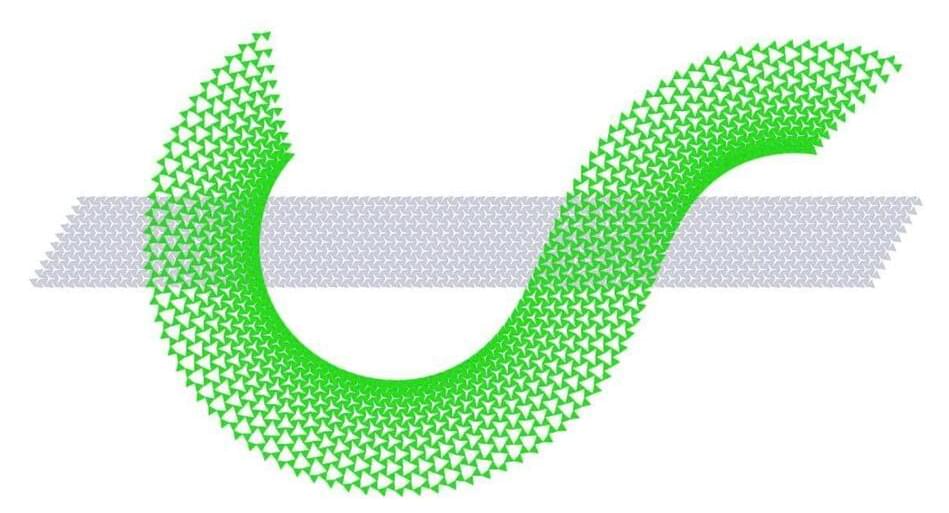Can you crumple up two sheets of paper the exact same way? Probably not—the very flexibility that lets flexible structures from paper to biopolymers and membranes undergo many types of large deformations makes them notoriously difficult to control. Researchers from the Georgia Institute of Technology, Universiteit van Amsterdam, and Universiteit Leiden have shed new light on this fundamental challenge, demonstrating that new physical theories provide precise predictions of the deformations of certain structures, as recently published in Nature Communications.
In the paper, Michael Czajkowski and D. Zeb Rocklin from Georgia Tech, Corentin Coulais from Universiteit van Amsterdam, and Martin van Hecke of AMOLF and Universiteit Leiden approach a highly studied exotic elastic material, uncover an intuitive geometrical description of the pronounced—or nonlinear—soft deformations, and show how to activate any of these deformations on-demand with minimal inputs. This new theory reveals that a flexible mechanical structure is governed by some of the same math as electromagnetic waves, phase transitions, and even black holes.
“So many other systems struggle with how to be strong and solid in some ways but flexible and compliant in others, from the human body and micro-organisms to clothing and industrial robots,” said Rocklin. “These structures solve that problem in an incredibly elegant way that permits a single folding mechanism to generate a wide family of deformations. We’ve shown that a single folding mode can transform a structure into an infinite family of shapes.”
